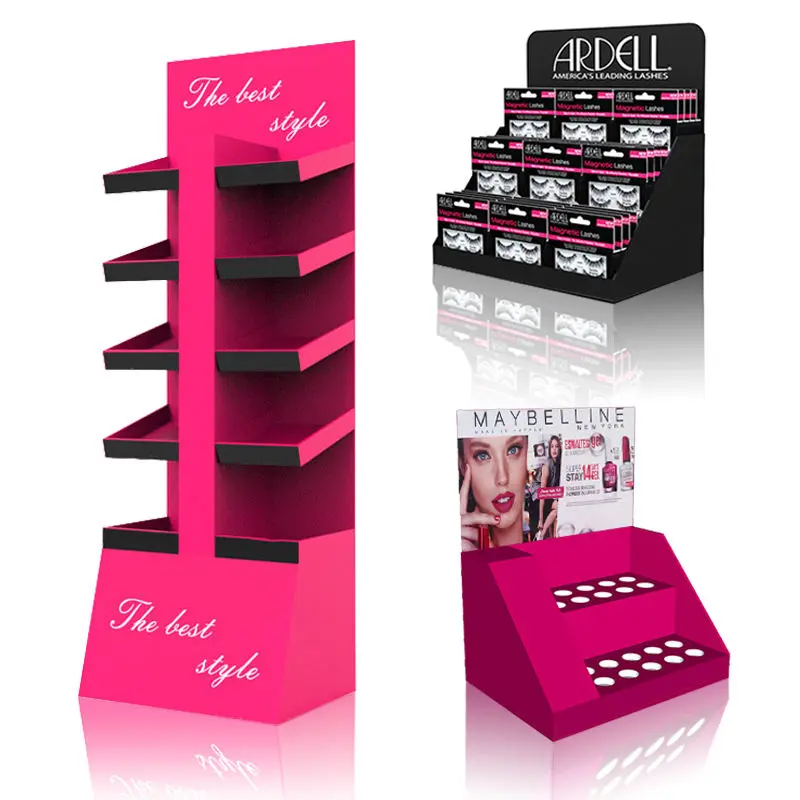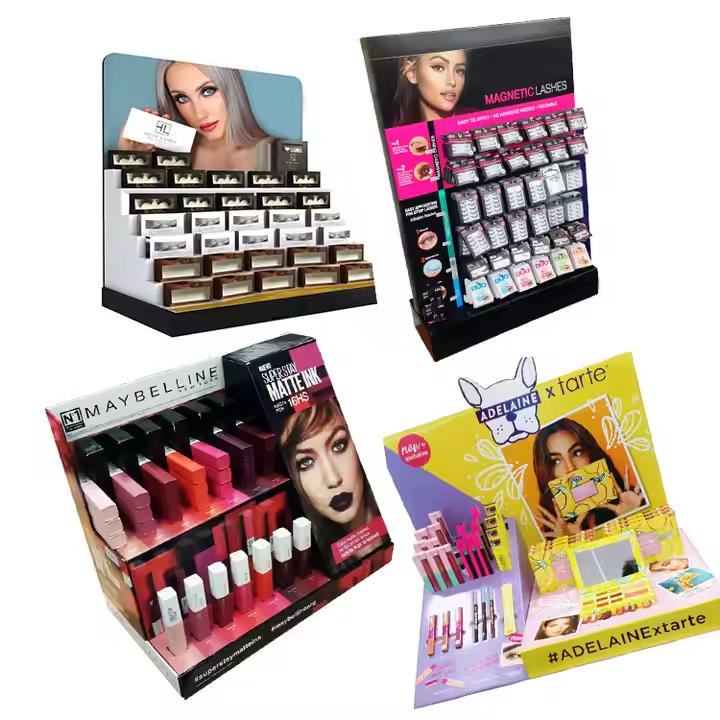Are you struggling to find a trustworthy cardboard display manufacturer? Choosing the wrong partner can lead to poor quality and missed deadlines, hurting your brand. Industry certifications validate a manufacturer's quality and ethics.
Holding industry certifications is crucial because it provides objective proof of a manufacturer's commitment to quality management, environmental responsibility, and ethical production. For clients, this minimizes risk and ensures partnership with a reliable, high-standard supplier who has been independently verified.
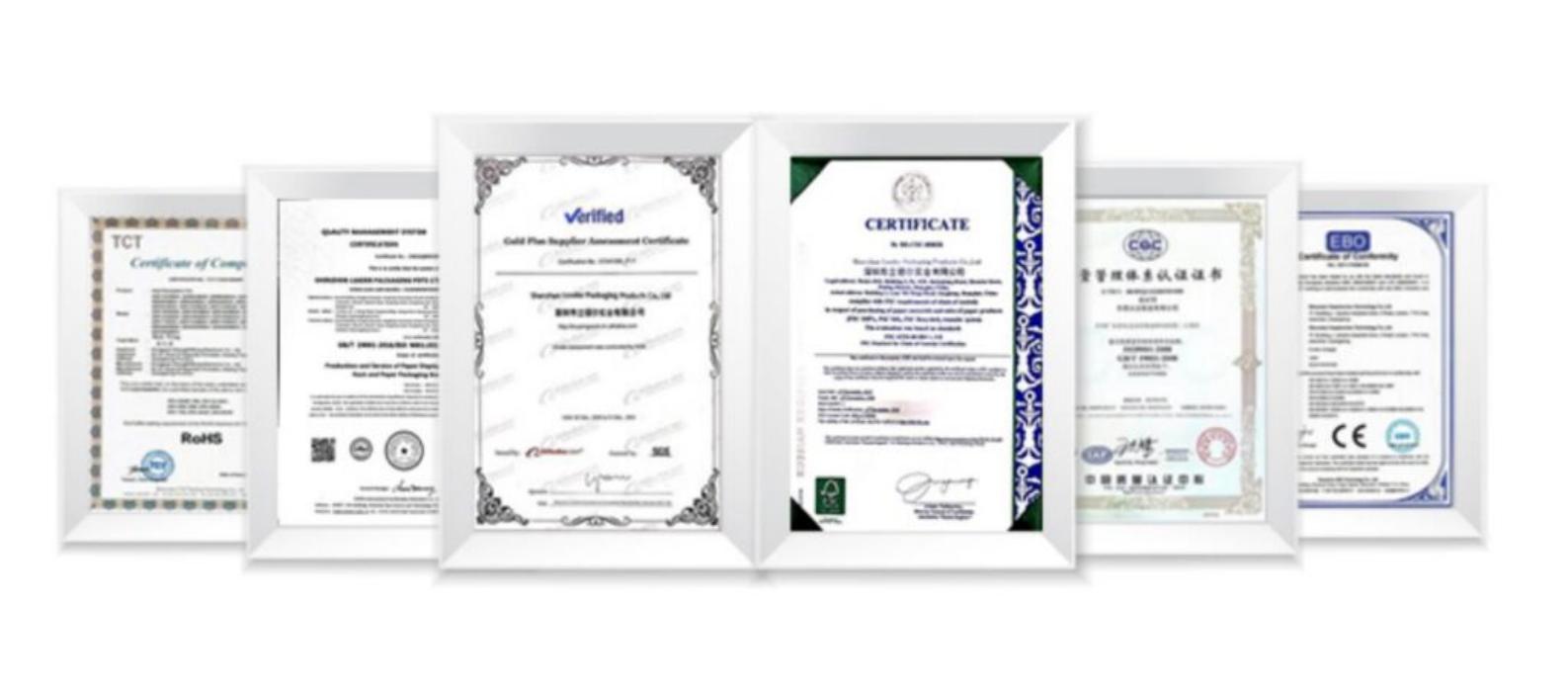
When I started in this industry 16 years ago, a handshake was often enough. Today, the world is more complex. Certifications have become a clear and simple language for trust. They tell you a manufacturer doesn't just talk about quality; they have proven it through rigorous audits. But before we dive deeper into certifications, it's important to understand the material at the heart of our industry: cardboard itself. Understanding its properties shows why standards are so essential. Let's start with the basics.
What is the importance of cardboard?
You might look at a cardboard box and see something simple. But this view misses its true potential as a powerful marketing tool. Let's explore why this material is so essential.
Cardboard is important because it is lightweight, strong, affordable, and incredibly versatile. It allows us to create custom, eye-catching retail displays that are easy to ship and assemble, offering a fantastic return on investment.

In my experience, the importance of cardboard comes down to a few key benefits. First, it is light. I remember a client who was shipping heavy wooden displays to retailers. We redesigned them using structurally-sound corrugated cardboard. This simple change cut their shipping costs by over 40%. The secret is in the construction. The wavy layer, called the flute, creates air pockets that give it strength without the weight. Different flute types are used for different jobs.
Common Cardboard Flute Types
| Flute Type | Thickness (Approx.) | Characteristics & Common Uses |
|---|---|---|
| B-Flute | 3 mm | Good printing surface and crush resistance. Used for POP displays and retail packaging. |
| C-Flute | 4 mm | The most common type, offering a good balance of strength and cushioning. Used for shipping boxes. |
| E-Flute | 1.5 mm | Very thin with an excellent printing surface. Ideal for high-quality printed boxes and packaging. |
| BC-Flute | 7 mm | A double-wall combination for heavy-duty strength. Used for shipping large or heavy items. |
This combination of low weight and high strength makes cardboard perfect for temporary displays. We can print vibrant graphics directly onto it and cut it into nearly any shape imaginable. This allows brands to create unique in-store experiences quickly and affordably.
What makes cardboard sustainable?
Many companies today want to be more eco-friendly. But it can be hard to know which materials are truly sustainable. Using the wrong ones can harm your reputation, so making the right choice matters.
Cardboard is sustainable because it is primarily made from recycled paper and is fully biodegradable and recyclable. The wood pulp used often comes from sustainably managed forests, completing a responsible life cycle.
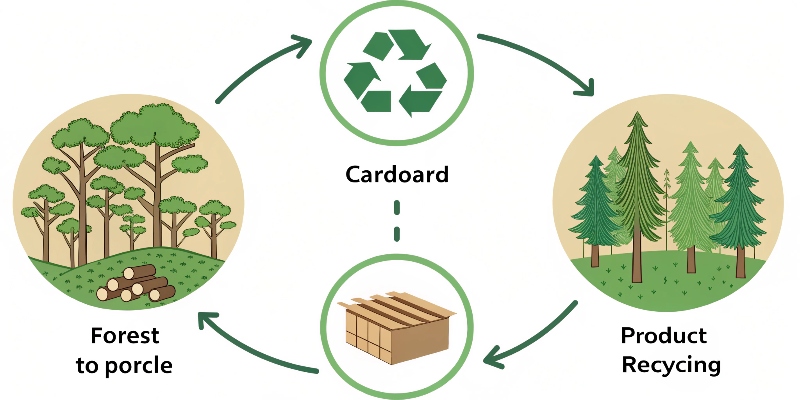
The sustainability of cardboard is a major reason I am proud to work with it. Most cardboard produced in the industry has a high percentage of recycled content. When a cardboard display reaches the end of its life, it can be collected and pulped to create new paper products. This circular process reduces the need for virgin materials and keeps waste out of landfills. Even if it does end up in nature, it biodegrades in a few months, unlike plastic, which can last for centuries.
This is where certifications become important again. They provide proof of sustainability claims.
Key Sustainability Certifications
| Certification | What it Guarantees |
|---|---|
| FSC (Forest Stewardship Council) | Guarantees that the paper comes from forests that are managed responsibly to protect wildlife habitats and local communities. |
| SFI (Sustainable Forestry Initiative) | Promotes sustainable forestry practices, focusing on responsible harvesting and reforestation. |
At lddisplay, we often guide our clients toward using FSC-certified materials. It’s a clear sign to consumers that the brand cares about the environment. Choosing a manufacturer with these certifications ensures that your "green" marketing claims are backed by real, verified practices.
Why is cardboard a growing problem?
We've talked about the benefits, but it's also fair to look at the other side. The enormous growth in online shopping has created a new challenge. The world is now filled with cardboard boxes.
Cardboard becomes a problem because of the massive waste generated by e-commerce. When these large volumes are not recycled properly, often due to contamination, they end up in landfills, straining waste management systems.
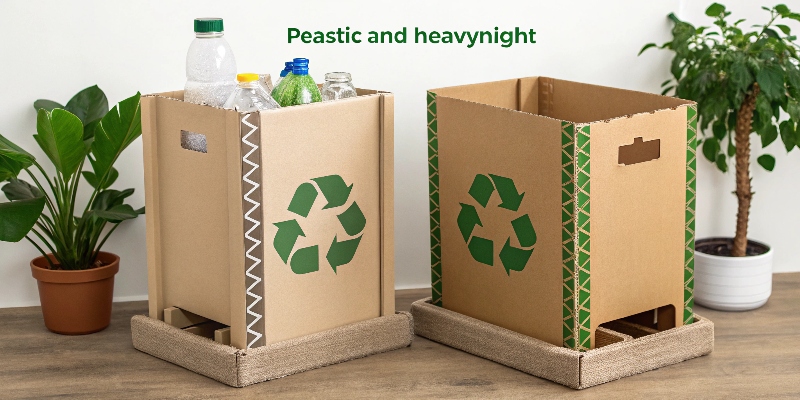
Every day, billions of packages are delivered worldwide. This has created mountains of used cardboard. While much of it is recyclable, not all of it makes it through the system. A common issue is contamination. For example, a pizza box with grease on it cannot be recycled because the oils interfere with the pulping process. The same applies to cardboard that has plastic coatings or laminates that are difficult to remove.
As designers and manufacturers, we have a role to play in solving this. I always encourage my design team, which includes experienced people like Peter, to think about a display's entire lifecycle. We can design displays that are easy to take apart for recycling. We can avoid using non-recyclable coatings unless absolutely necessary. A few years ago, we created a display for a snack company. The main structure was plain cardboard, but the shelves needed a moisture barrier. We designed them as removable trays, so the customer could easily separate the coated trays from the recyclable frame. It’s our responsibility to create products that are not only effective but also responsible.
What is cardboard selling for?
You need to set a budget for your new display, but material prices seem to change all the time. These fluctuations can make it hard to plan your costs. Let me explain what drives the price.
Raw cardboard prices depend on global supply and demand for recycled paper and wood pulp, plus energy costs. The final cost of a custom display is then determined by its size, design complexity, printing, and order quantity.
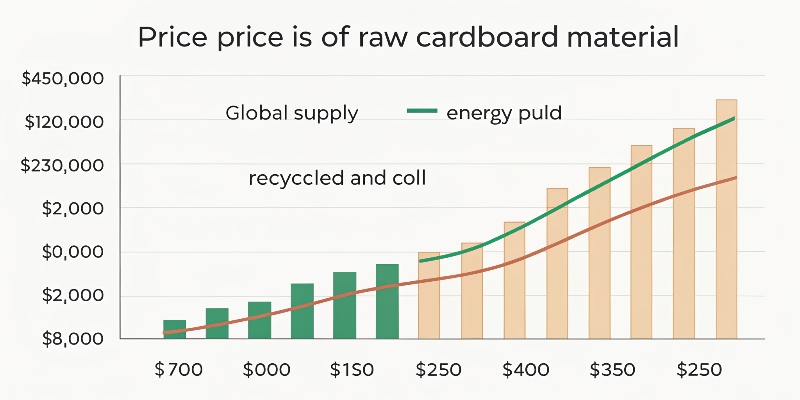
The cost of raw cardboard sheets can go up and down like any other commodity. It is influenced by things like the price of fuel for transportation and the global market for Old Corrugated Containers (OCC), which is the industry term for used boxes. However, for a finished display, other factors have a bigger impact on the final price you pay.
I often explain these key cost drivers to my clients to help them budget effectively.
Main Cost Factors for a Cardboard Display
| Cost Factor | Description | How to Manage It |
|---|---|---|
| Material Grade | Thicker, stronger, or coated cardboard costs more. | We help you select the most efficient grade for your product's weight and display life. |
| Order Quantity | Larger production runs lower the price per unit because setup costs are spread out. | We can quote different quantities to show you the savings. |
| Design & Tooling | Complex shapes require custom cutting dies, which have a one-time setup cost. | A smart design can minimize complexity and cost without sacrificing visual appeal. |
| Printing & Finish | The number of colors, type of printing, and any special finishes affect the price. | Using a strategic design can create a big impact with fewer colors. |
My advice is always to focus on value, not just the lowest price. A well-designed display created with the right materials will protect your product, attract customers, and ultimately deliver a much better return on your investment.
Conclusion
In conclusion, industry certifications are your best guarantee of a manufacturer's quality, reliability, and ethical practices, ensuring you partner with the best for your brand's success.





